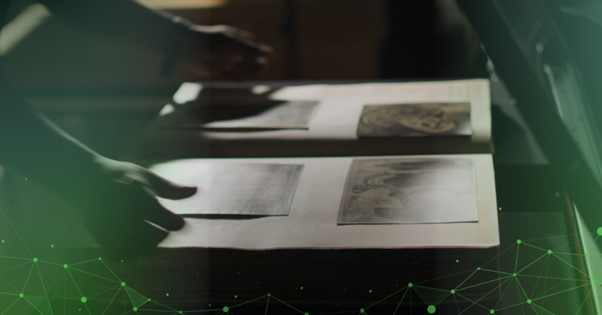
The Importance of Standards in Digitising Africa’s Cultural Heritage
August 28, 2023 || FCTEC
The United Nations Division for Inclusive Social Development (DISD) has long believed that globalisation can potentially place the rich cultural heritages of indigenous cultures at risk. “Digital” is currently the dominion of the West and the risk is that the cultural resonance of Africa will be swallowed by this global culture. By the same token, it is also digital transformation that can change this narrative around - by ensuring that African stories, artworks, essays, mythologies, works and cultural heritage are preserved and shared more effectively.
This is the thinking reflected in a recent essay on the Challenges in digitisation of cultural heritage material in the Western Cape, South Africa, which pointed out that digitising cultural materials (in line with internationoal best practices and standards) is a scalable way of sustainably preserving information so anyone can access it. The paper highlights the fact that this process of digitisation needs to follow standards set so that the materials can stand the test of time. The risk is that a lack of policy, standardised digitisation processes, and limited access to digital materials could impact the quality of the products created, and their longevity.
There is a need for African institutions to implement existing digitisation standards that recognise the requirements of preserving cultural heritage materials, including ethical implications, the methodologies used to implement the digitisation process, and ensuring that the materials are accessible to people from source communities once they have been successfully moved into the digital realm.
According to another paper released by the Department of Information and Knowledge Management, funding and collaboration are also key challenges to overcome within this context. If there’s a ‘lack of collaborative digitisation policies and funding’ then digitisation projects have tended to fail, leading to a ‘double loss.’ This underscores the need to invest in centralised digitisation models and frameworks that can be applied to the African GLAM landscape. Such (standards-based) models allow for seamless access to records of cultural significance for all, and the use of technologies that conserve these cultures as accurately and ethically as possible.
A trusted digitisation strategy requires that any records be first assessed to determine their preservation requirements. This includes defining and committing to the appropriate levels of preservation, which directly determines the specific processes to be followed in creating digital outputs that will have objectively measurable, standardised qualities.
FCTEC follows clearly defined processes to the preservation of cultural artefacts and documentation, ensuring that every project is carefully assessed before digital imaging begins. This is then followed by classifying and preparing the documents, scanning them according to the required standard (such as ISO, FADGI or Metamorfoze), and then ensuring they are preserved in a way that meets the preservation levels required by the client. These are key steps to ensuring that digitisation is effectively employed as a tool in preserving cultural knowledge rather than presenting a risk of documents being damaged, incorrectly classified and preserved, or lost in the process.
The benefit of collaborating with a professional partner in digitisation is that GLAM institutions can preserve a high volume of archival items across multiple formats, such as fragile paper in all sizes (e.g. stamps, letters, maps), microform (film or fiche) and photographs (negative, slides, prints), within a trusted environment.